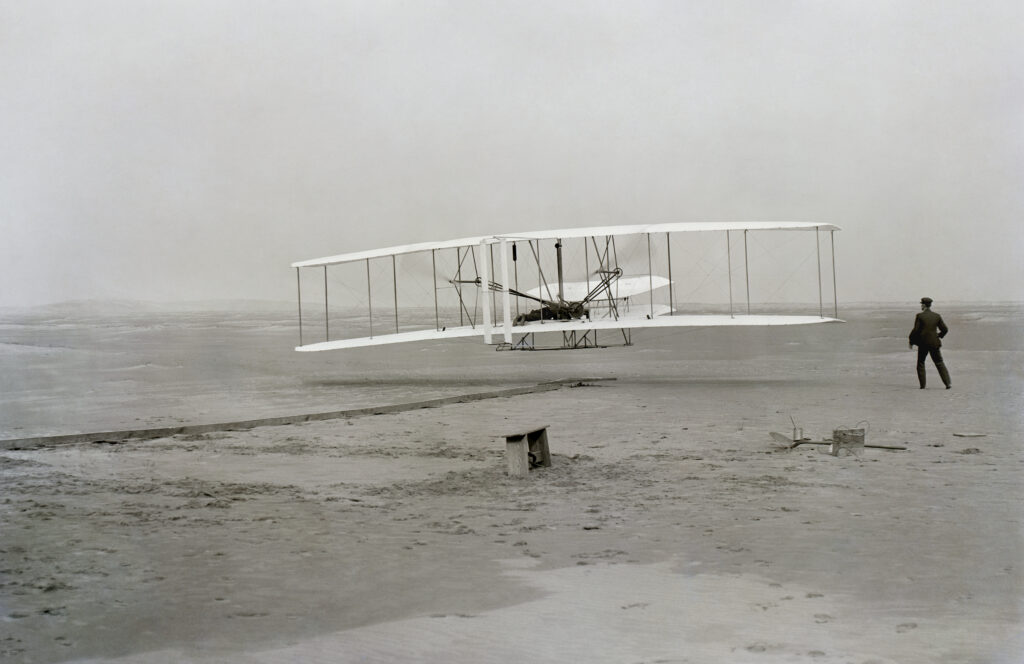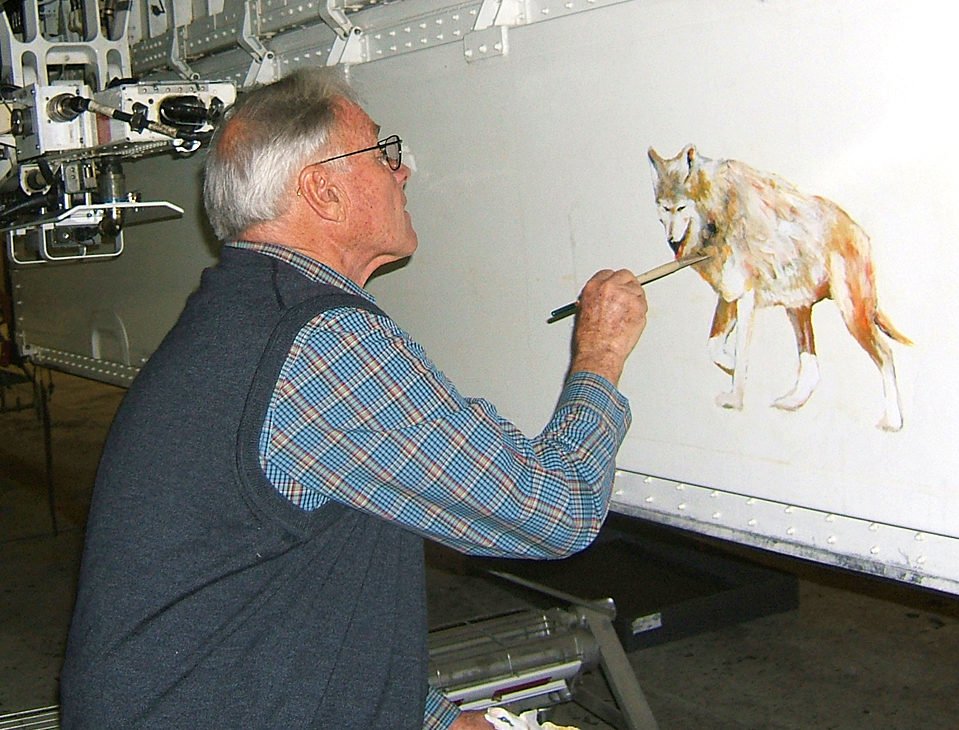By: Tara Elsa
A Boeing and NASA mission set to last around eight days (with potential extension) begins its second month in orbit. The Starliner, carrying NASA astronauts Barry “Butch” Wilmore and Sunita “Suni” Williams, launched on June 5, 2024, from Cape Canaveral Space Force Station in Florida and landed at the International Space Station (ISS) on June 6. The Boeing Crew Flight Test (Boe-CFT) of the Starliner had several issues once they reached space, causing the mission to be extended indefinitely.
The Boeing Crew Flight Test
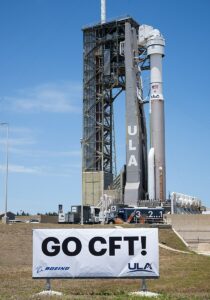
Set to be a minimum of eight days, the goal of the CFT included testing the equipment in action with room to be flexible on the mission length depending on the flight and landing conditions.
In March 2024 at a Starliner CFT news conference, Mike Lammers, the Starliner Flight Director, said, “I [want to] stress it’s a test flight. The mission is [to] shake down the vehicle with the crew on board. We’ve flown it twice before, but this will be the first time with the crew when we want to learn about it and make it available as a tool to transport crew up and down to the International Space Station.”
While the launch went smoothly, several issues occurred once the crew reached space. Five of the 28 Starliner thrusters shut off and a series of helium leaks occurred within its propulsion system. They have suggested that it could be similar to the issue that occurred with the test thrusters on the ground. While several test thrusters were in storage for three years, they had severe degradation, likely from nitrogen dioxide vapor, and potential erosion in one of the seals, due to the extremely high temperatures. These issues could be similar to what happened with the Starliner Reaction Control System (RCS).
Previous Challenges with the Starliner Crew Flight Test
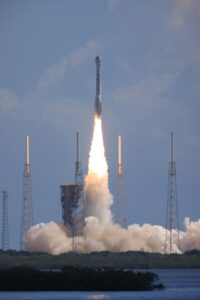
The Starliner previously launched in December 2019 without astronauts, but computer problems led to an incorrect orbit. In May 2022, they did the mission again, and it successfully reached its destination. At that time, however, it also experienced minor thruster issues during docking at the ISS. The CFT was set for 2023, but flammable tape was found in the Starliner’s wiring and the parachutes weren’t able to support as much as they thought.
The new launch date was set for May 6, but they found a vibrating valve in the Atlas V rocket used to launch the spacecraft. Finally, they successfully took off on June 5, 2024 from Florida.
Astronaut Crew Stays Busy on the ISS
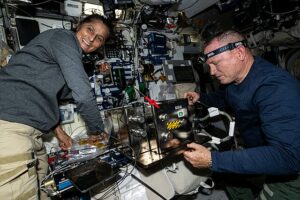
While NASA and Boeing work to determine why certain issues arose, the Starliner crew is actively working on research and International Space Station repairs. Williams used an ultrasound device to scan their veins to learn about the impact of space on the human body. Wilmore maintained a couple of freezers that store research samples and replenished coolant loops in one of the ISS water pumps. They’ve practiced and tested equipment for different situations, with most of the testing focused on the thrusters. Most of their tasks include general maintenance of the ISS, such as swapping out a urine processing pump.
Other research includes studying how to overcome the challenges of nourishing and watering plants in the absence of gravity. They’re also studying how optical fiber production in the microgravity of space could yield higher-quality fibers that limit the effects of sedimentation, convection, and buoyancy which affect the length and quality of fibers made on Earth. Optical fibers are thin strands of plastic or glass that transmit light and are used for various functions, such as telecommunications or long-distance data networking.
When will the astronauts come home?
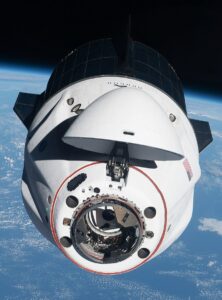
In the event of an emergency, Wilmore and Williams could fly home using the Starliner. Another alternative would be to use SpaceX’s Crew Dragon vehicle which has flown crews to and from the ISS since May 2020. The crew got the opportunity to practice an emergency evacuation when a satellite broke apart near the space station, causing a potential threat. They loaded into the vehicle, but the satellite passed by them safely.
The mission aimed to conduct a crewed flight to gather valuable insights from an actual test flight, which can’t be replicated through ground testing. Steve Stich, manager of NASA’s Commercial Crew Program, says that a potential solution could be changing the way the thrusters are used by firing them less frequently or by changing the thermal protection inside of what is known as the “doghouse.” The “doghouse” refers to the pods surrounding the RCS thrusters that insulate and shield them from the extreme cold of space.
Mark Nappi, Boeing’s Vice President and commercial crew program manager, spoke virtually at a Boeing CFT Status News Conference on July 25, 2024. Nappi said, “The last several weeks have been really helpful [in understanding] the helium and thruster anomalies and how to address these problems for future flights. That’s been the real goal here [to] address future flights and to gain the confidence that we needed for this mission.”
When asked about how the crew would return home and what they would have done differently, Nappi and Stich expressed the goal of returning the crew on the Starliner while having other backups if necessary. Nappi said he wished he had explained that the eight-day mission was only a minimum length and that he regrets that they “didn’t just say we’re going to stay up there until we get everything done that we want to go do.”
Who Are The Astronauts?
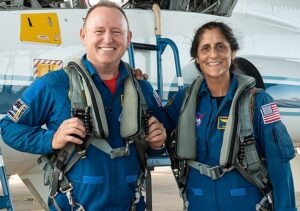
Wilmore, 61, is a retired Tennessee Navy captain and fighter jet pilot. Williams, 58, is also a retired Navy captain who served as a helicopter pilot. Both of them are space veterans of two separate missions. Before the CFT, Williams accumulated a total of 322 days in space; her spacewalk time comprised 50 hours and 40 minutes of that time, making her second on the list for total spacewalk time by a woman astronaut. Despite their situation, both of them have a more positive outlook and enjoy getting more time in space.
Turning Challenges Into Opportunity
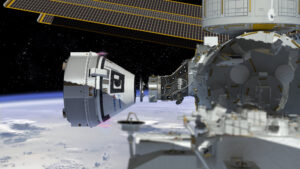
As NASA and Boeing navigate the challenges presented by the CFT, the astronaut crew will make large strides in developing our knowledge of space’s effect on the human body and our capabilities in the microgravity of space.
Despite no set date for return, the crew will come back to Earth as soon as the Starliner is cleared for departure. For now, the crew is happy to continue their research and testing in space, taking full advantage of the test flight to prepare for future missions.
According to Reuters, Williams said, “I feel confident that if we had to, if there was a problem with the International Space Station, we can get in our spacecraft, and we can undock, talk to our team, and figure out the best way to come home.”
Explore Aerospace Careers at Evergreen
To encourage youth in your life to enter into STEM-based careers, be sure to visit our Aviation & Space Museum! We’re open daily and offer educational experiences for all age groups. Buy your tickets today!
